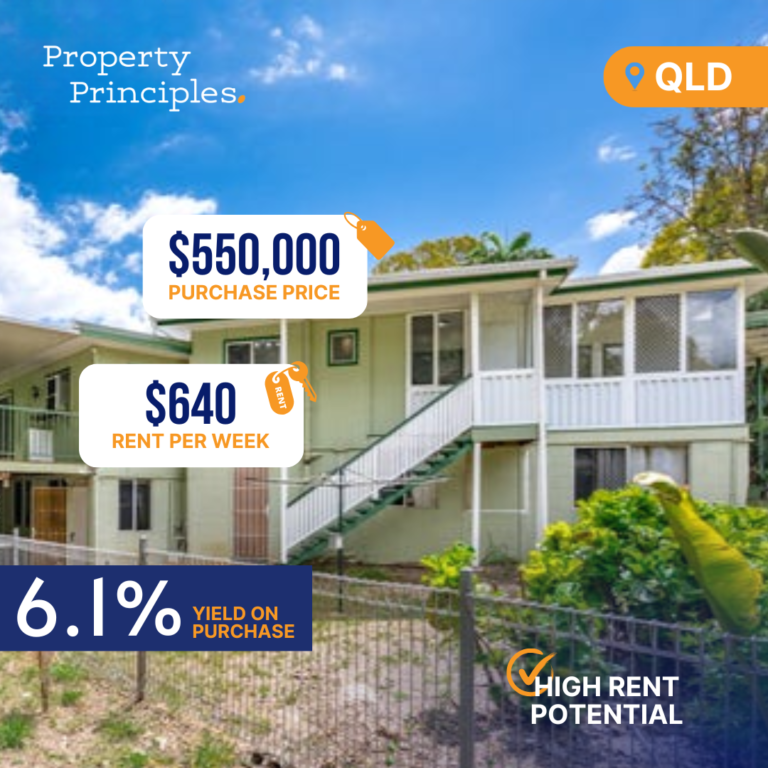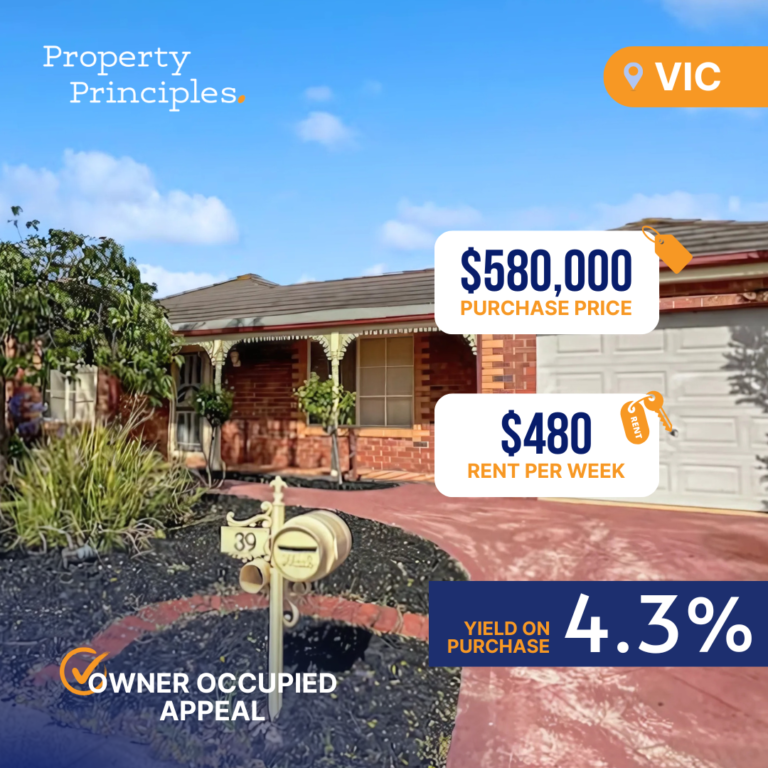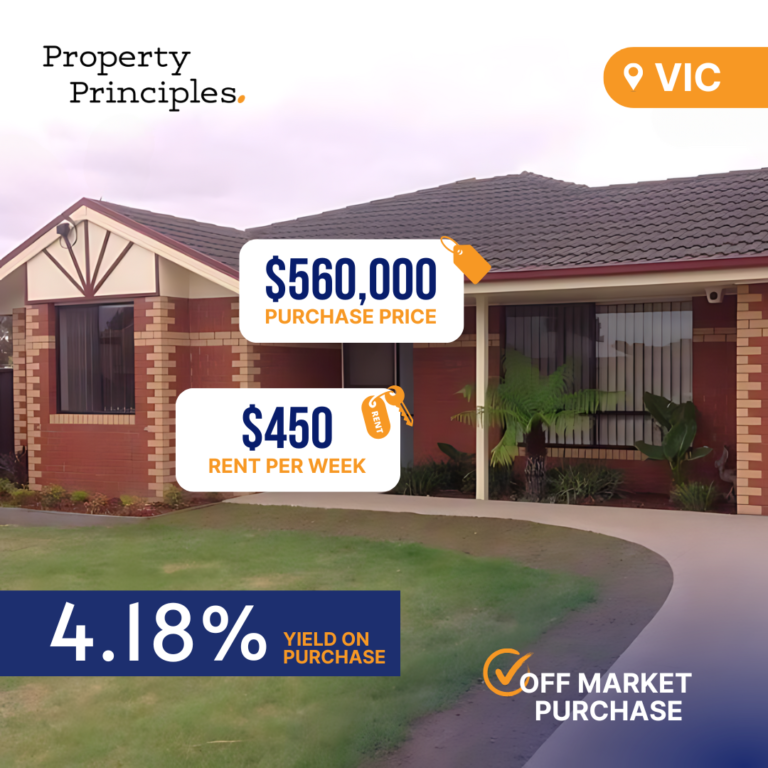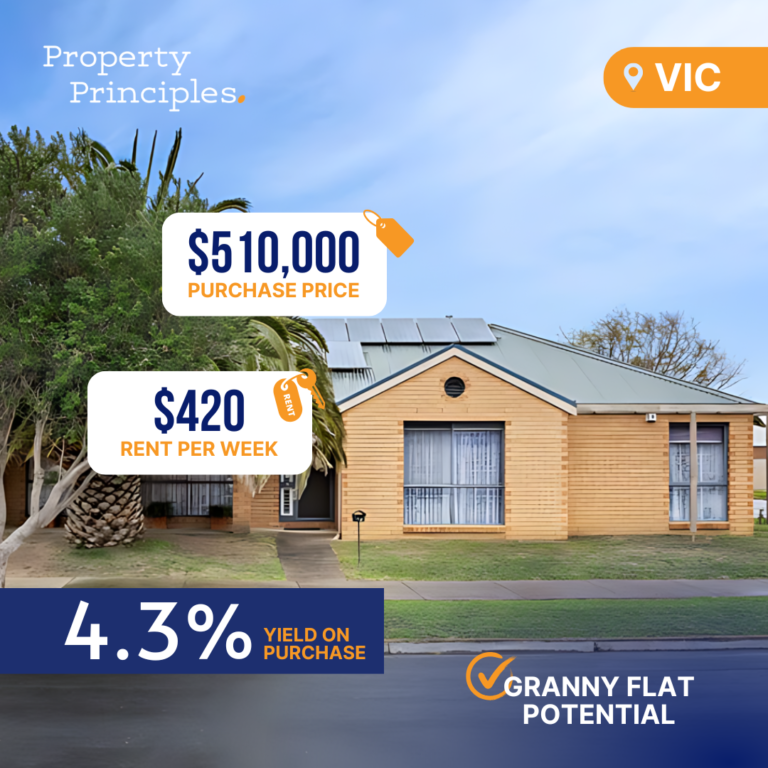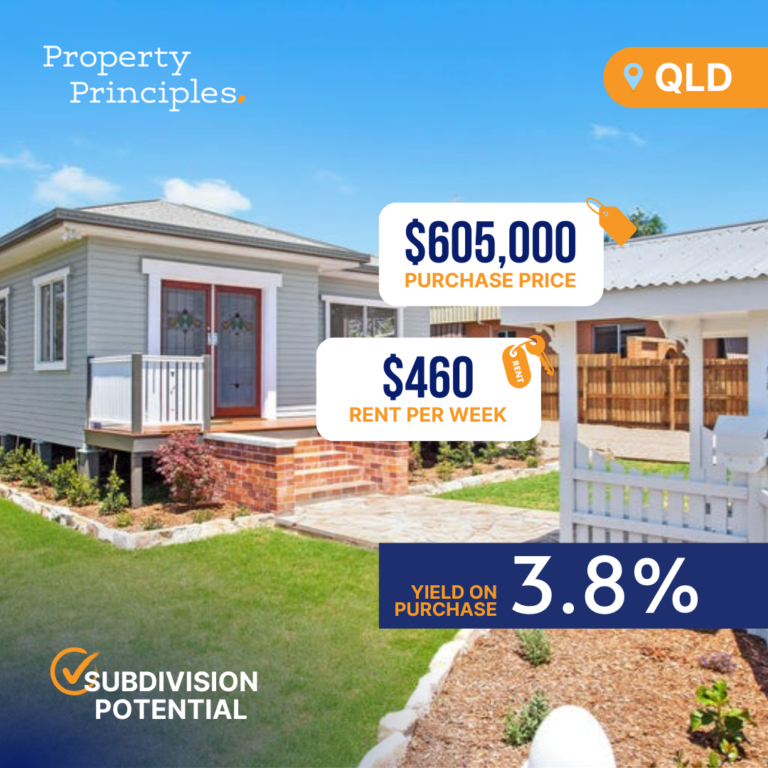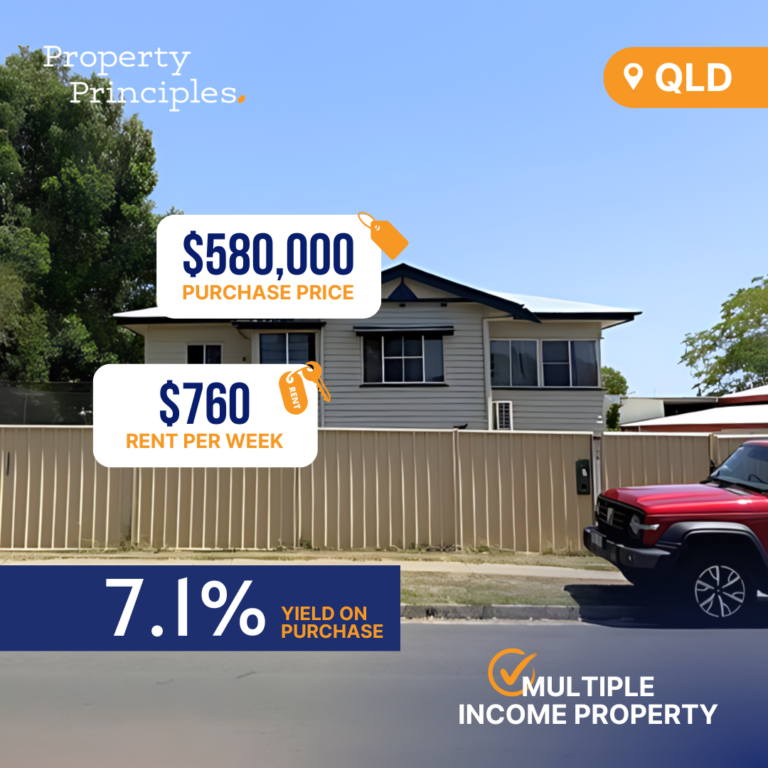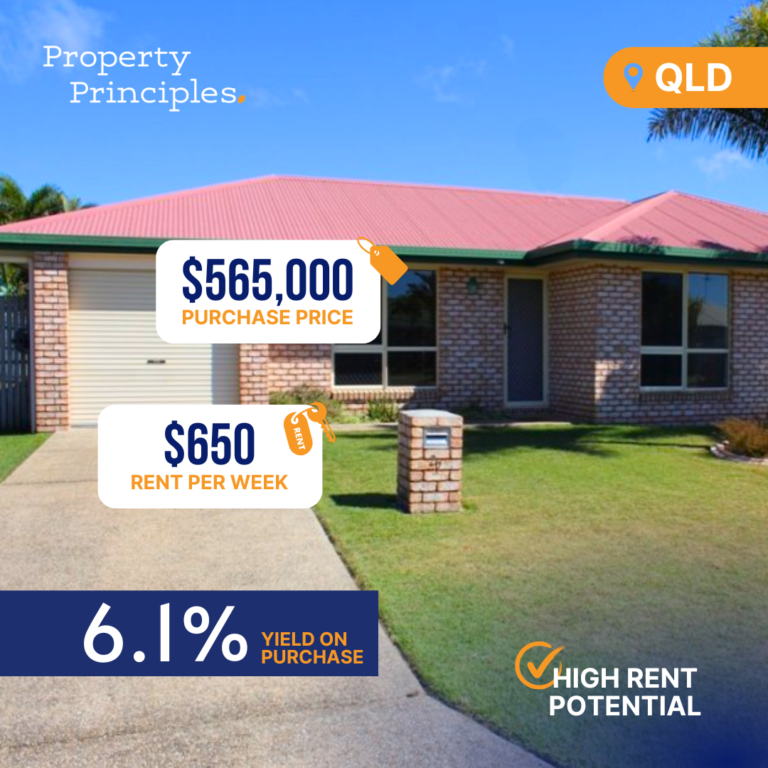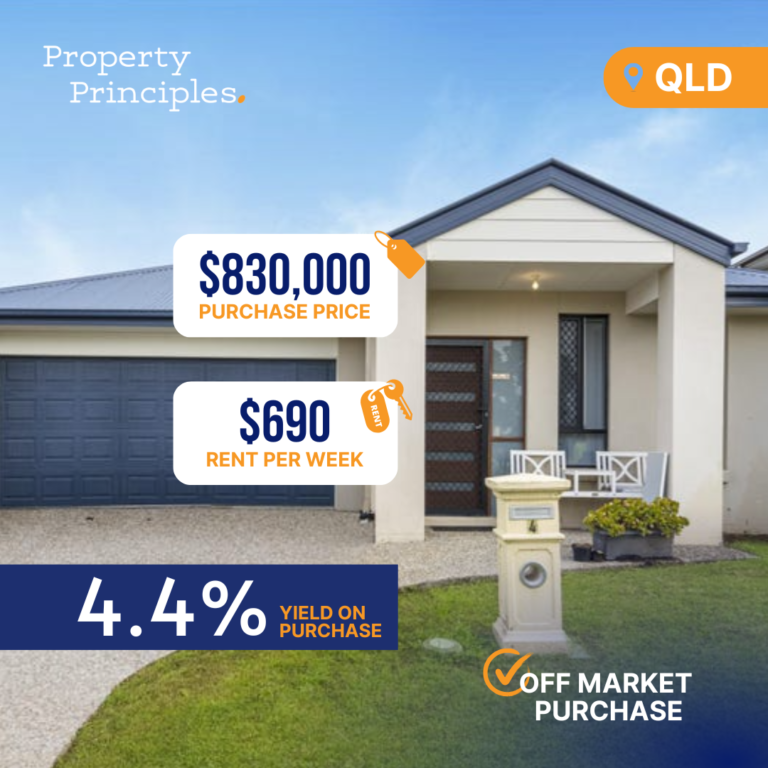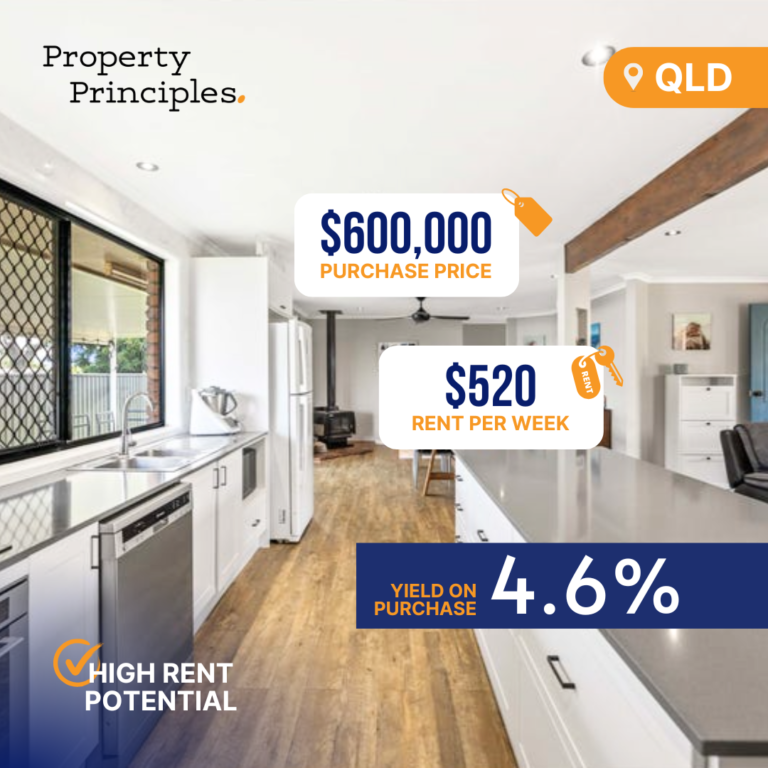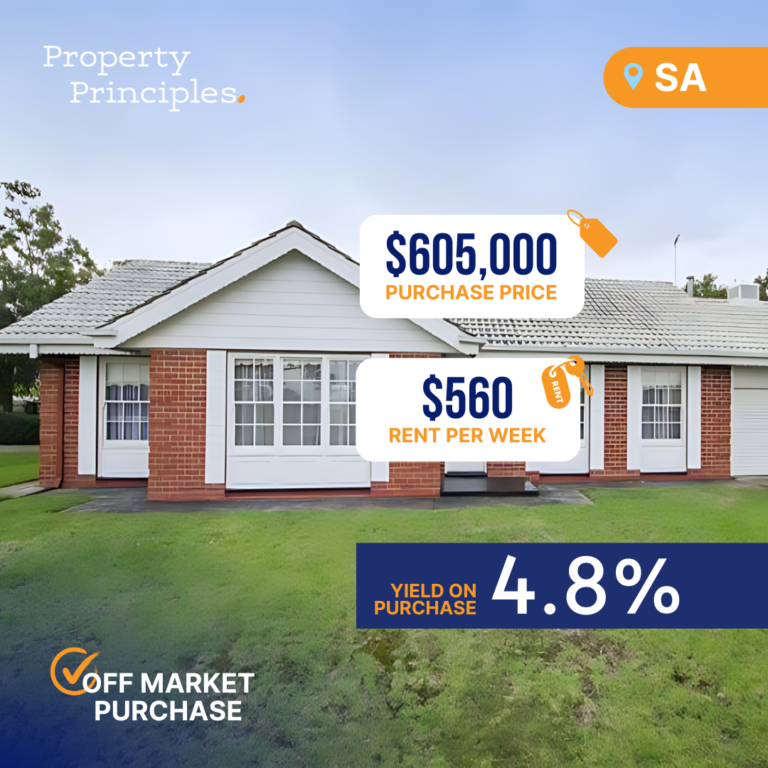Over the past two years, the cost of building a new home or undergoing renovations has been steadily on the rise. However, recent data suggests that construction costs are beginning to stabilize, with some fluctuations still occurring among specific materials. The CoreLogic Cordell Construction Cost Index (CCCI), which monitors the cost of building a typical new home, recorded a quarterly growth rate of 0.7% for the June quarter, marking the lowest rate since September 2020 and well below the 1.2% decade average.
This decline in growth is a considerable change from the index’s peak of 4.7% in September 2022 and has begun to bring some reassurance to the construction industry. According to CoreLogic Construction Cost Estimation Manager John Bennett, while the annual growth rate remains high at 8.4%, it is an improvement compared to last year’s record 11.9% increase (excluding the impact of GST introduction in 2000).
Even with these positive signs, Bennett warns of ongoing volatility in different product types, with a considerable amount of variation across materials like metal and timber. However, overall, a softening and stabilization within these products are being observed.
A significant drop-off in dwelling approvals and a decrease in residential construction work is also contributing to the reduction in material costs and labour supply pressure. Queensland has seen the highest quarterly and annual growth changes of 0.7% and 9.9%, respectively, while Western Australia recorded the lowest increase at 0.5% and an annual figure of 6.9%.
The construction industry is still experiencing wage pressure due to tight labour market conditions, with Australia’s unemployment rate averaging around 3.5% over the past year. The Reserve Bank of Australia (RBA) forecasts a peak unemployment rate of around 4.5% in 2024, which is expected to alleviate some wage pressures in the future.
CoreLogic Head of Research Eliza Owen notes that the slowdown in residential construction costs is also reflected in quarterly consumer price index (CPI) outcomes. Owen points out that as the construction sector has slowed down, the established housing market has moved into recovery mode, with the national Home Value Index (HVI) recording four consecutive monthly increases.
Despite high inflation and numerous interest rate hikes, an imbalance between supply and demand has been helping to maintain housing prices across the country. Increased rent levels, consistently low vacancy rates, and record net overseas migration continue to support housing demand. With net overseas migration predicted to stay elevated, the demand for Australian housing is expected to persist, further driving construction costs in the future.
Understanding construction costs and material and labour fluctuations is crucial for businesses, insurance companies, and homeowners alike. The CCCI helps track these changes and provide valuable insights for making better financial decisions and pricing risk effectively. By keeping a close eye on construction costs, businesses and consumers can adapt accordingly and make informed choices in their construction and renovation endeavors.


